Sitting posture
Sitting posture
Unless we are involved in a labour intensive job, for most of us we will spend a lot of time in sitting. This might include sitting to commute to work, sitting at work in an office or sitting down to have a meal. As such, having good sitting posture is important to prevent chronic joint and muscle injuries.
Following are a few tips on how to sit correctly:
- Sit up with your back straight and your shoulders back
- Rest your back against the back of the chair
- Distribute your body weight evenly on both hips
- Bend your knees at a right angle
- Keep your feet flat on the floor
Ajit Singh Lamba
Physiotherapist
Physiotherapy Professionals Parramatta
www.dev.corporatephysios.com.au

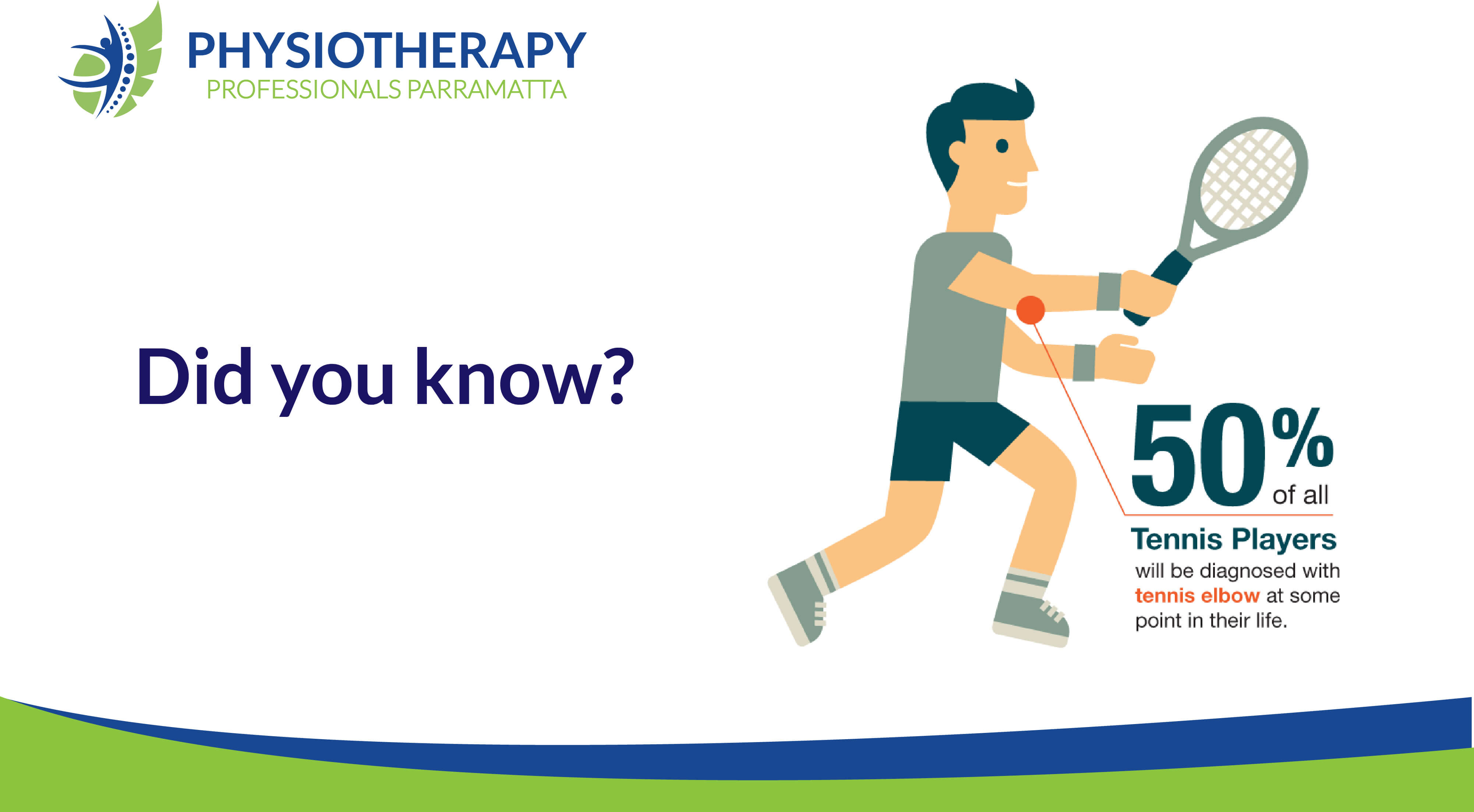
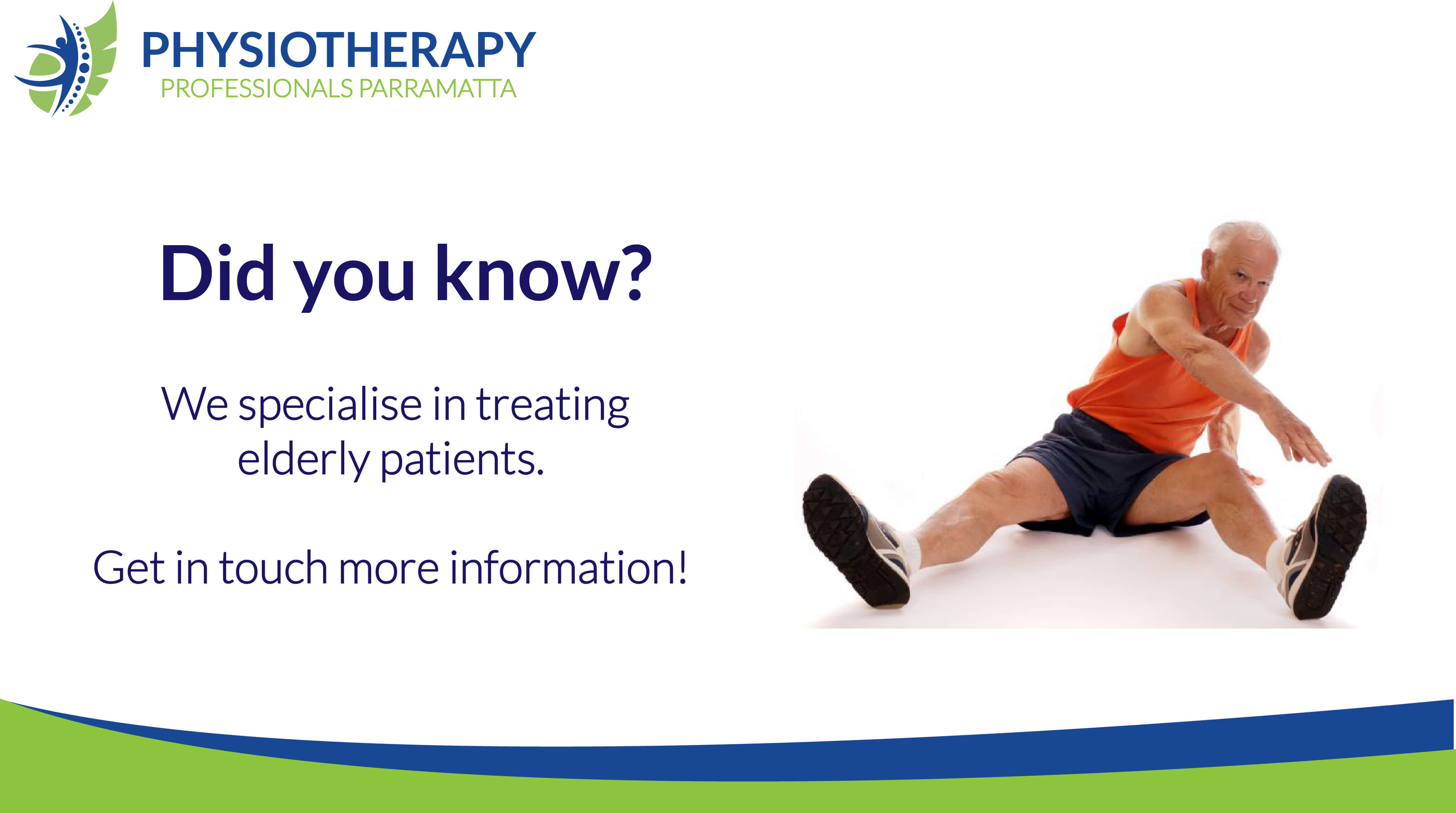
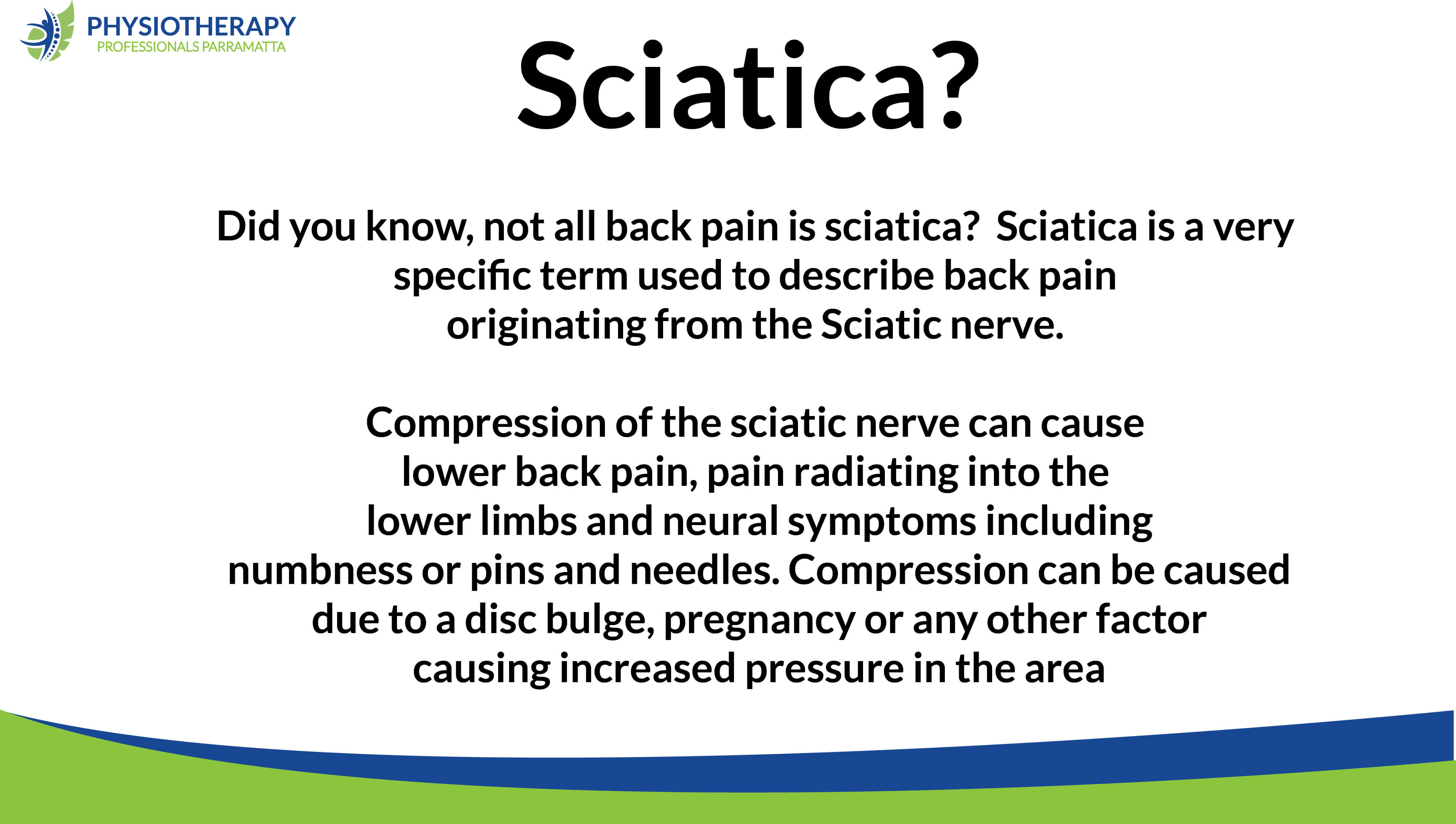
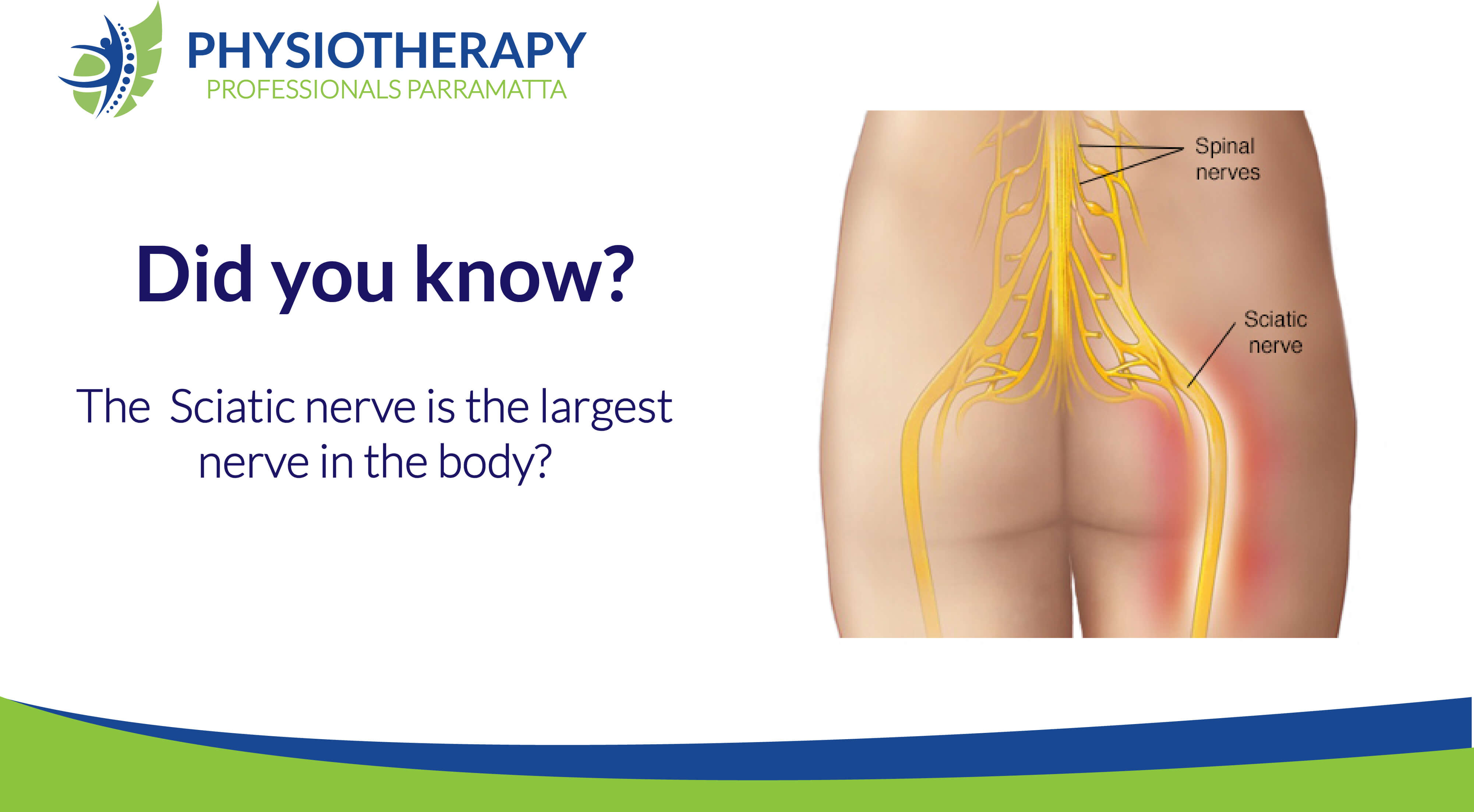

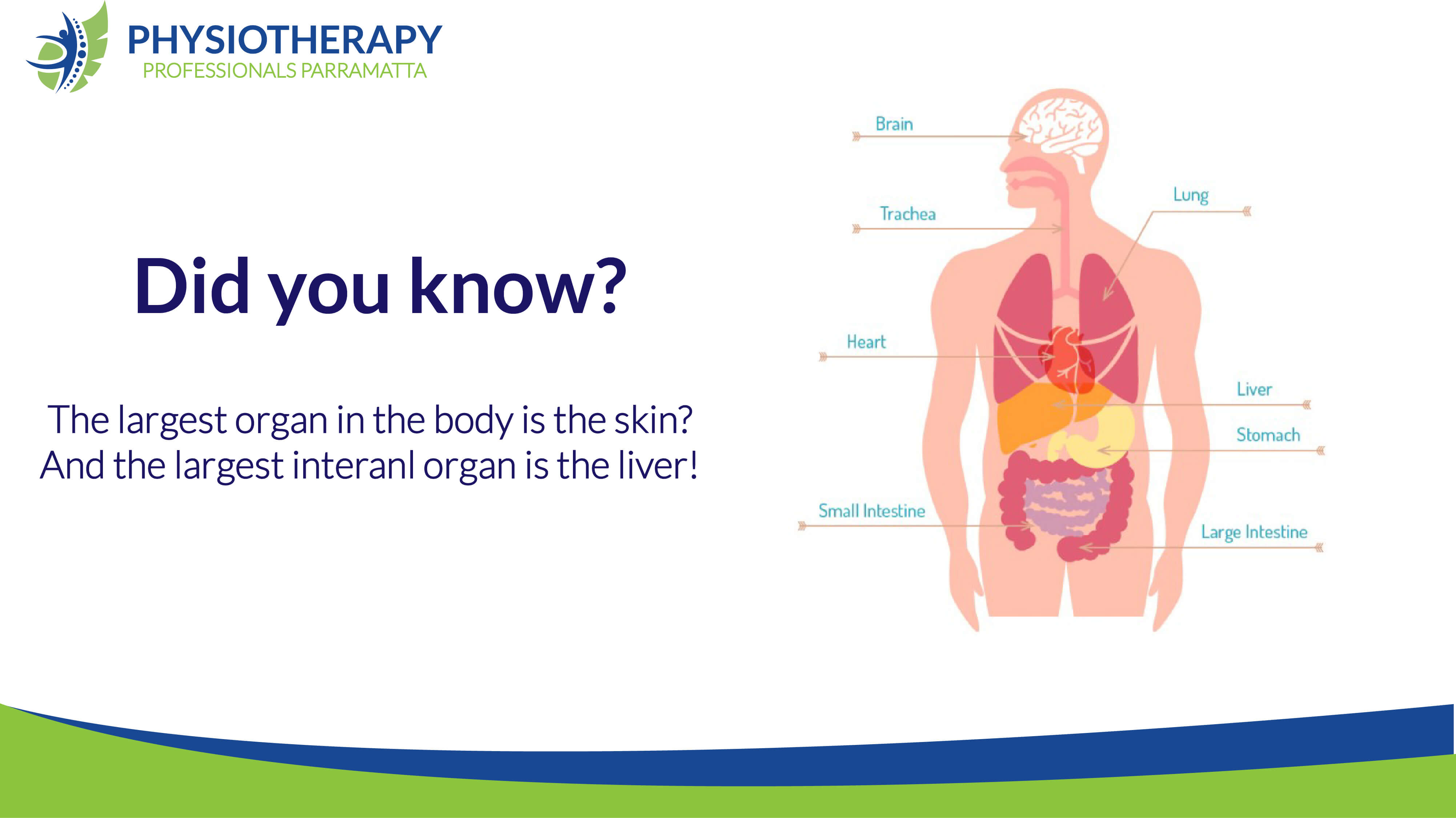
 Compression fracture – Thoracic spine
Compression fracture – Thoracic spine